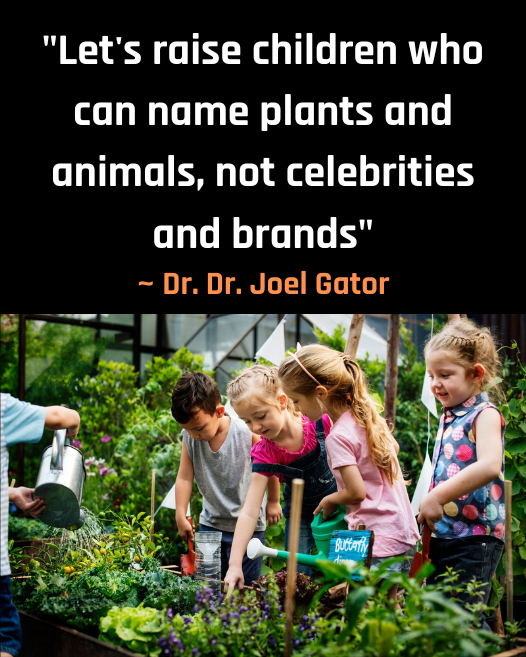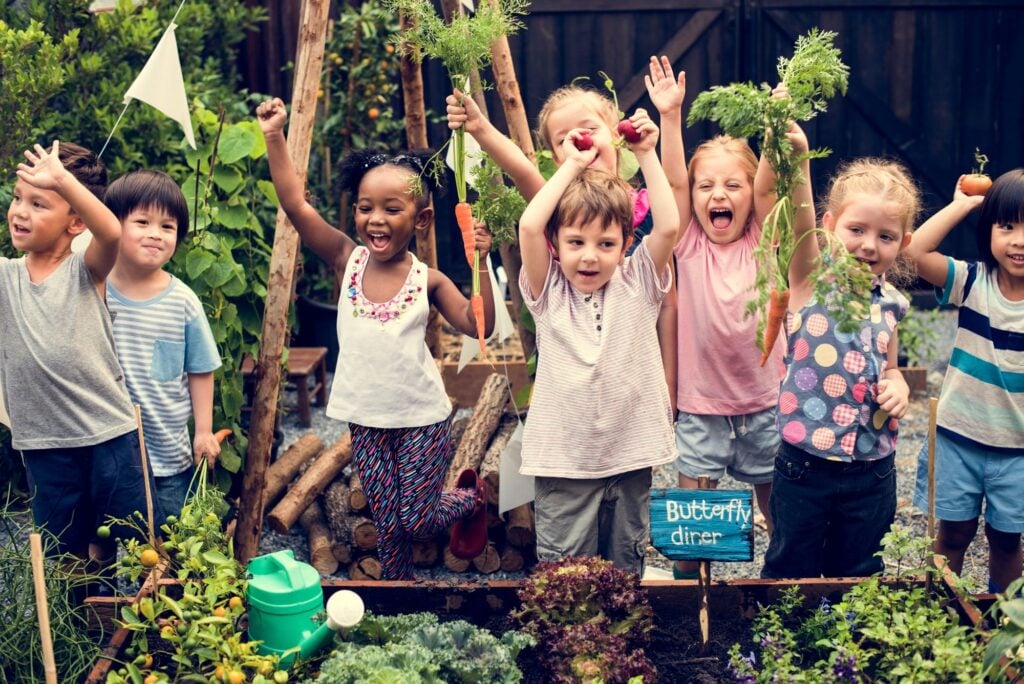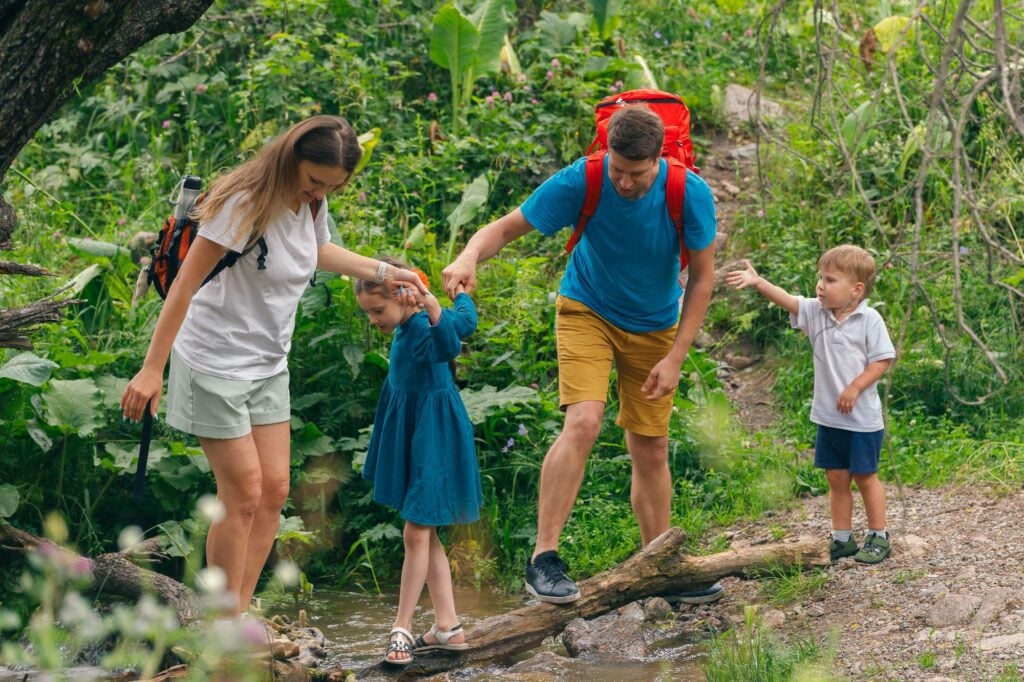Raising Kids Who Know and Appreciate Nature, Not Just Celebrities and Brands
When was the last time your child could name a tree outside your window—or distinguish a robin from a sparrow? Now ask yourself this—how many brands or celebrities can they name? The growing disconnect between children and the natural world is a crisis we rarely talk about, yet it shapes our future in profound ways.
Dr. Joel Gator’s quote “Let’s raise children who can name plants and animals, not celebrities and brands” brilliantly underscores what we need to prioritize, and this article explores why this movement is crucial—and how you can be a part of it.

The Problem at Hand
Modern childhood has evolved radically. Screens dominate young lives, and technology often becomes a substitute for meaningful, real-world experiences. Consider this sobering statistic: the average American child spends only 4 to 7 minutes a day in unstructured outdoor play but over 7 hours a day in front of a screen. This imbalance doesn’t just limit exposure to fresh air and sunshine; it’s severing our children from the natural world entirely.
This rift has severe consequences. Beyond the obvious health impacts of sedentary lifestyles, there’s growing evidence of what’s being termed “nature-deficit disorder.” Children disconnected from nature are more likely to experience reduced cognitive development, a weaker sense of self, and even higher rates of anxiety and depression. More troublingly, they lose the curiosity and appreciation for the environment that will one day be their responsibility to steward.
Yet, to point fingers solely at screens is to oversimplify. Schools often miss the mark in addressing these gaps through curriculum. Environmental education, when it is included, is typically an afterthought rather than a priority. Add to this a lack of family engagement with nature due to busy schedules or urban living conditions, and you have the perfect storm of disconnection.

Why Reconnecting with Nature Matters
Research is clear—connecting with nature profoundly benefits our children. Studies show that regular exposure to the natural world can sharpen cognitive development, boost creativity, and help children build a resilient sense of self. These aren’t abstract benefits; they directly impact how children perform in school, develop socially, and approach problem-solving.
Further, studies reveal that environmental education has a measurable academic payoff. It instills a sense of curiosity and critical thinking, amplifying a child’s ability to engage with their surroundings—including making informed decisions about their communities. Imagine a generation that sees learning not as homework confined to a desk but as something tied to the life cycles, ecosystems, and landscapes they directly experience. Now, that’s inspiring.
Technology as an Ally, Not the Enemy
This piece is not anti-technology. When paired thoughtfully with real-world experiences, technology can be a tremendous enabler of environmental learning. Apps that identify plant species, documentaries that explore vibrant ecosystems, and augmented reality tools that recreate historical landscapes are just a few examples of how screens can complement, not replace, hands-on engagement with nature.
The key lies in balance. Instead of letting media dominate attention, parents and educators can guide intentional uses of technology—turning it into a tool for discovery rather than distraction.
How Parents and Educators Can Lead the Change

The responsibility for closing this gap doesn’t rest solely with teachers or families—it’s a shared endeavor. Here are some practical ways to shift your child’s focus from celebrity culture to curiosity about the natural world:
1. Model the Behavior You Want to See
Kids mimic what they see—if you prioritize unplugging and spending time outdoors, they’re likely to follow. Instead of saying, “Go outside,” go with them! Explore a park together, visit a botanical garden, or even cultivate a small home garden.
2. Build Nature into Your Daily Routine
You don’t need an exotic destination to foster appreciation for the natural world. A short walk around the neighborhood or a weekend hike can reveal the beauty of local ecosystems. Even backyard activities like stargazing or birdwatching can spark curiosity.
3. Introduce Meaningful Environmental Education
Whether it’s reading books about endangered species, exploring documentaries, or engaging in citizen science projects like monitoring local wildlife, educational opportunities abound. Formal schooling systems may lag, but that’s where parents and educators can amplify the importance of environmental learning.
4. Encourage Nature-Based Play
Free, unstructured play in nature isn’t just fun—it’s vital. Muddy hands and scraped knees are hallmarks of important life lessons about resilience, curiosity, and responsibility. Create opportunities where children can explore without rigid expectations.
5. Limit Screen Time With Purpose
It’s not about completely banning screens but rather creating clear boundaries. For example, designate one tech-free day per week to encourage other activities. Frame it as an adventure rather than a restriction.
6. Create Community Connections
Encourage participation in local programs like community clean-ups, guided nature walks, or school garden projects. These experiences show kids that caring for the environment is a shared responsibility, one that’s essential and rewarding.
7. Utilize Technology Wisely
Leverage apps and tools for discovering nature. Apps like Seek by iNaturalist allow children to learn about the plants and animals they encounter by taking a photo. When screen time becomes interactive and educational, it turns into a bridge toward deeper real-world engagement.
The Path Forward
Parents and educators, you hold the key. The values and habits you instill today will determine whether the next generation grows up identifying with the natural world—or remains tethered to an endless stream of TikTok trends and viral challenges. By fostering curiosity about the natural world, we not only enrich our children’s lives, but we nurture future leaders who will value and protect the planet we all share.
This is your call to action. Take the first step today by planning a nature outing, signing up for a community environmental event, or trying a tool like Seek with your child. Together, we can raise a generation of thinkers, explorers, and doers who see the beauty of the natural world—and are equipped to safeguard it. Let’s make time for connection, exploration, and curiosity—it’s a gift your children will carry with them forever.



